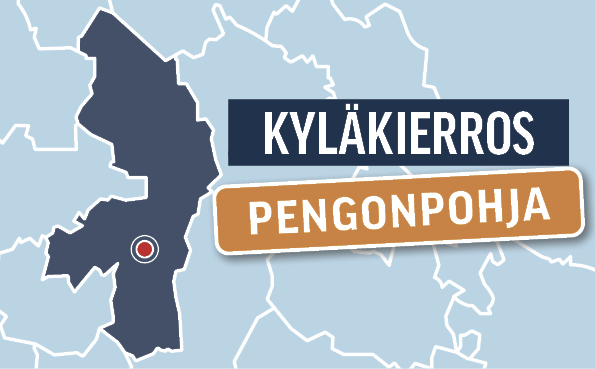
The human development has always been an interesting mystery. What was the initial nudge in the far distant world, millions of years ago, that started the evolutionary process which eventually produced us? Was there a plan, a blueprint showing the various stages through to our present form? If so, are we now the final product or are we still work in progress – to what?
Our early ancestors must have been conscious of being just one creature in an environment they didn’t fully comprehend, let alone control. There was rain, wind, growing plants that died and grew again a few months later; animals, some of which were so large they could blot out half the sky.
They saw the mystery of life and death happening amongst themselves as well as with the animals and plants around them; only the rocks seemed to remain untouched. Gradually they ventured further and found different environments, even humans similar to themselves but not quite alike.
Looking at each other, how did they figure out that they were both humans and therefore likely to be competitors for the same resources, or animals not encountered before and possibly could be hunted for food?
A wonderful aspect of the early humans is their need to record their experiences in pictures. The cave paintings and carved figurines reflect our urge to create a signature that gives witness to our existence. “Kilroy was here!” That artistic instinct is a constant thread in our history, balancing the threads of violence and greed we’ve also acquired on the way.
From early times we also seemed to have wished to create structures and rules for living together. It was sensible to hunt large prey in a group and co-operate in other projects beneficial to the community.
The children were brought up to learn and accept the customs of the society and any exceptions weren’t always looked on kindly. We are now meeting challenges to the attitudes we’ve grown up with; families are not of the steady, conventional pattern but have developed into multiple combinations of relationships.
Men and women are no longer the only sexual definitions. We now talk quite naturally about rainbow families, same sex relationships and marriages etc. but not all of us accept them as natural aspects of community life.
It seems that the social structures we earlier found beneficial to community cohesion no longer respond to our need for expressing our individuality.
Will this affect the way we regard our fellow beings? Will the charity organisations find response to their appeals for support diminishing because most people feel it’s enough to look after their own?
On the other hand, many young people are keen to take part in communal activities and are interested in learning skills their great-grandparents needed in their everyday life. That knowledge may become important for our survival.
Despite the growing acceptance towards non-traditional relationships, understanding the meaning of the terms to describe them isn’t complete.
I gather that the word “homo” is used rather indiscriminately as a derogatory term, particularly by the young people. I’m not aware that any influential politician, writer or a TV personality has yet pointed out that the term in fact applies to us all, “homo sapiens” being our common name. I hope that the “sapiens” bit is not being pruned out by evolution!
Kolumnin kirjoittaja muutti Lontoosta Ylöjärvelle vuonna 2012.
Author is British, moved from London to Ylöjärvi 2012.




